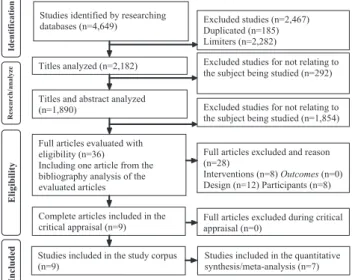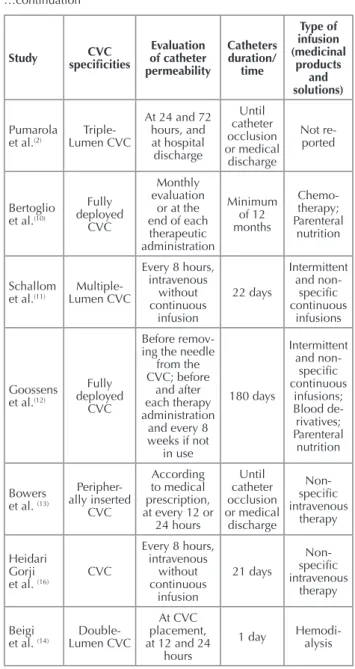Rev. esc. enferm. USP vol.49 número6
Texto
Imagem


Documentos relacionados
he univariate factors associated with postoperative RBC transfusion included: older age; lower weight and height; lower preoperative platelet count; lower preopera-
his study has the following objectives for contributing to the knowledge in the area: determining the prevalence of Stress urinary incontinence (SUI), Urge urinary incon- tinence
Given the above, this study was aimed at understanding the family dynamics when there is an Alzheimer’s patient at home, in order to contribute with families and the nursing team
Method: HRQoL was assessed using the Short Form 36 and Chronic Liver Disease Questionnaire, which were applied at baseline and at weeks 4, 12 and 16 of treatment to 32
he psychometric analysis of the Katz Index indicates that the instrument is valid and reliable to retrospectively assess basic activities of daily living in the elderly by
Data analysis revealed three categories: Interacting with the child and the family caregiver and receiving a positive care assessment; Interacting with the nursing staf and
Objective: To assess the nursing workload (NW) in Semi-intensive herapy Unit, specialized in the care of children with Craniofacial anomalies and associated syndromes;
Results: he four classes obtained from data were: the Family Health Strategy expansion process; confrontations and potentialities; mobilization for the change; innovations in